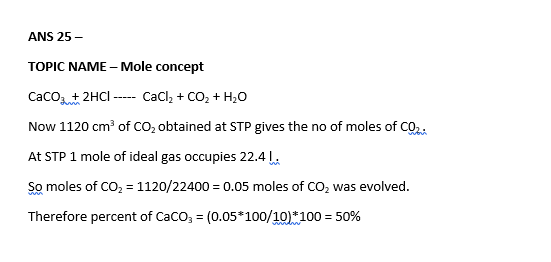What will happen if an excess of gas is passed through lime water.
Marble in dilute hcl.
Marble is found in various places around the world including india greece spain turkey egypt italy and the united states of america.
The chemical equation for the reaction is as follows caco3 2hcl cacl2 h2o co2 carbon dioxide gas turns lime water milky due to the formation of calcium carbonate.
The reaction takes place spontaneously.
Calcium carbonate is dissolved by hydrochloric acid thereby forming gaseous carbon dioxide.
When you mix a strong acid like hcl with any carbonate you will have a chemical reaction in which co2 gas is released it will fizz.
When dilute hcl is added to calcium carbonate it forms calcium chloride water and carbon dioxide.
Dolostone is a rock composed of almost entirely of dolomite.
The evolved gas was then passed through lime water.
Limestone dolostone and marble.
The combined reactants have a higher chemical potential than the combined products i e.
Pieces of marble are thrown into hydro chloric acid.
A student dropped a few pieces of marble in dilute hydrochloric acid contained in a test tube.
What change would be observed in lime water.
2 hcl aq caco3 s cacl2 aq h2o l co2 g if you are talking about a marble counter top then i would advise against adding dilute hcl to that surface that because you will ruin it.
The acid test on rocks.
Being alkaline it reacts with hydrochloric acid to produce calcium chloride water and carbon dioxide.
Marble chips are mostly made up of calcium carbonate which is a alkaline compound.
It will produce a very weak fizz when a drop of cold hydrochloric.
Asked oct 28 2017 in class x science by priya12 12 631 points.
Marble is chemically calcium carbonate.
While marble can appear superficially similar to quartzite a piece of marble will be able to be scratched by a metal blade and marble will fizz on contact with dilute hydrochloric acid.
Limestone is composed almost entirely of calcite and will produce a vigorous fizz with a drop of hydrochloric acid.
When the reaction was complete 1 1 2 0 c m 3 of o 2 was obtained s t p.
Some rocks contain carbonate minerals and the acid test can be used to help identify them.
Marble reaction with hydrochloric acid drop a small amount of dilute hydrochloric acid on an area of your sample that has been scratched by a nail.
The evolved gas was then passed through lime water.
A student dropped few pieces of marble in dilute hydrochloric acid contained in a test tube.
The percentage of c a c o 3 in the marble is.

